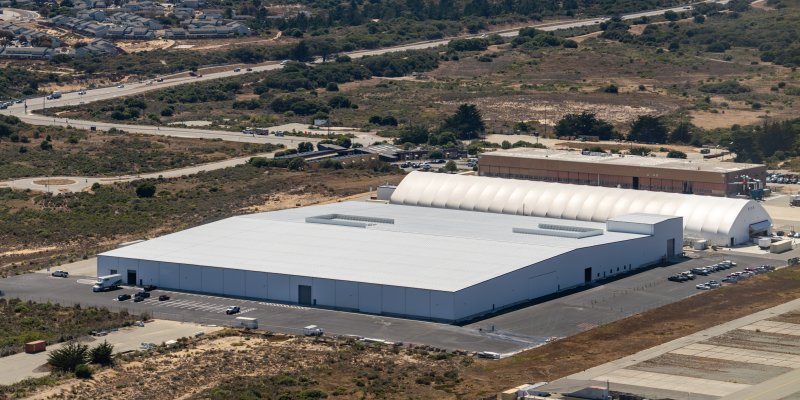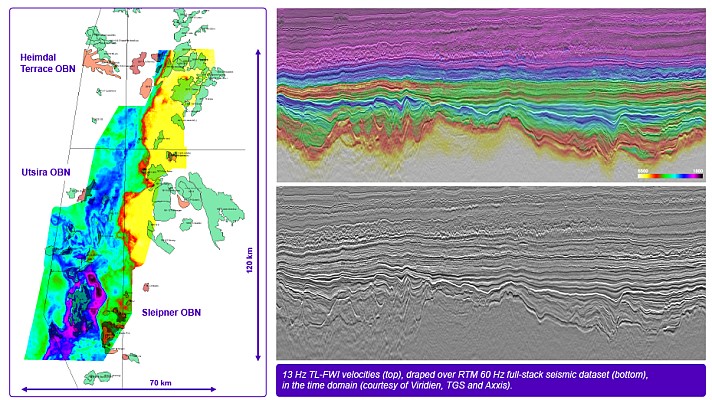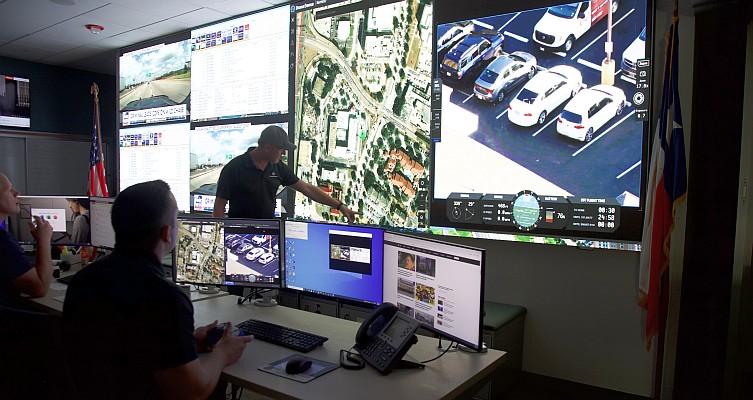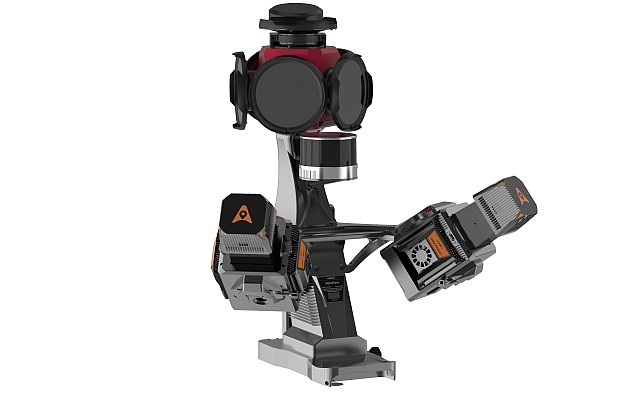A group of researchers from the University of Northern British Columbia has been instrumental in developing and implementing a hi-tech system that will provide new information and help to reduce vehicle collisions with wildlife.
Mobile GPS units have been outfitted with buttons that allow users to select when moose or deer are seen along roads, either alive or dead. Precise information about the time of day, date, and location are stored in the unit and downloaded to a computer for further analysis and mapping.
Ten of these units have already been distributed to local truck drivers, who have been recording data along certain highways since July. Researchers are hoping to continue working with the local trucking companies to collect data until the summer of 2007.
“This is the first time we’ve ever had really accurate data on where animals are being spotted and where either collisions have occurred or are likely to occur,” says UNBC researcher Roy Rea. “We’ve analysed ten years of ICBC claims data and information from the Ministry’s Wildlife Accident Reporting System, but these two sources must be combined with more current and site-specific information so that countermeasures for collision hotspots can be developed. When we add the GPS data, we’re able to more precisely predict where animals are likely to be, both at different times of year as well as at different times of day.”
Last year, in the month of October alone, there were 510 wildlife collisions in Northern BC – the highest number in four years. In fact, close to 30% of all collisions around Northern BC during October involve wildlife.
On an annual basis for the entire province, the average numbers (over the last five years) are significant. Nearly 10,000 animal-related collisions per year cost around $23 million in claims. The collisions are responsible for an average of 316 injuries and four fatalities per year.
Source: Telematics Update






